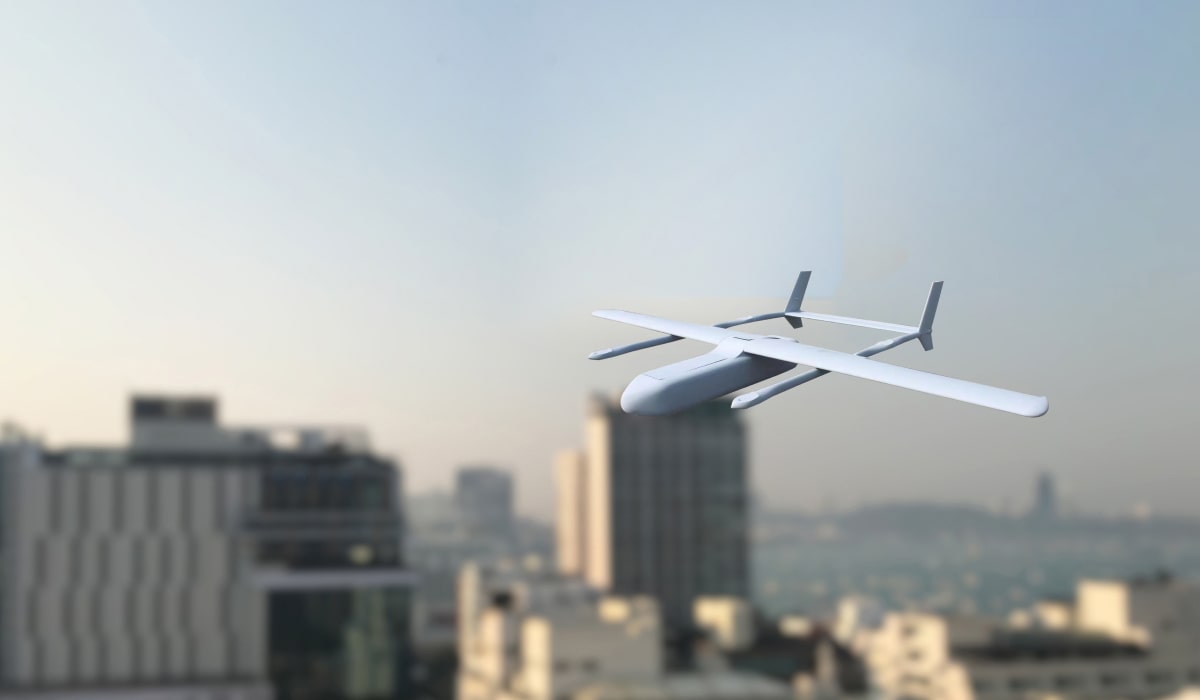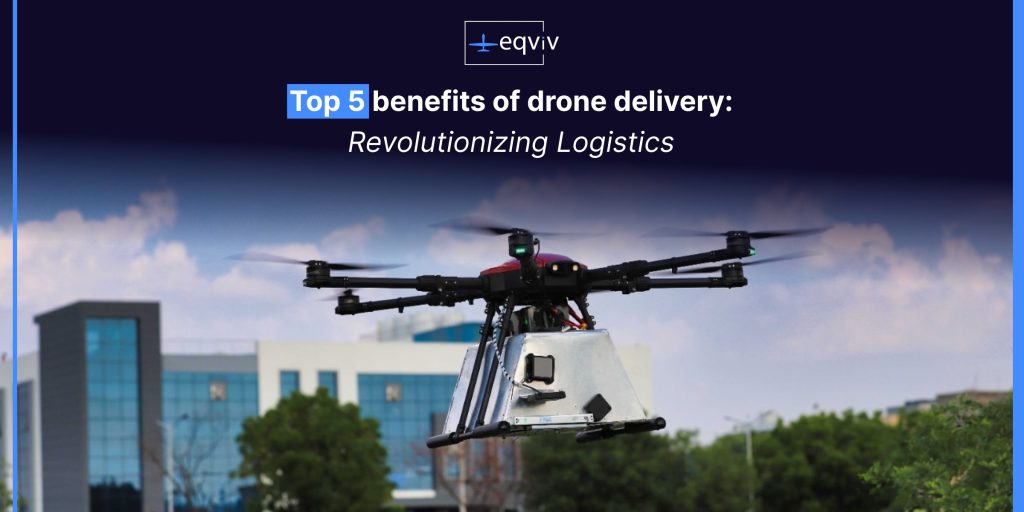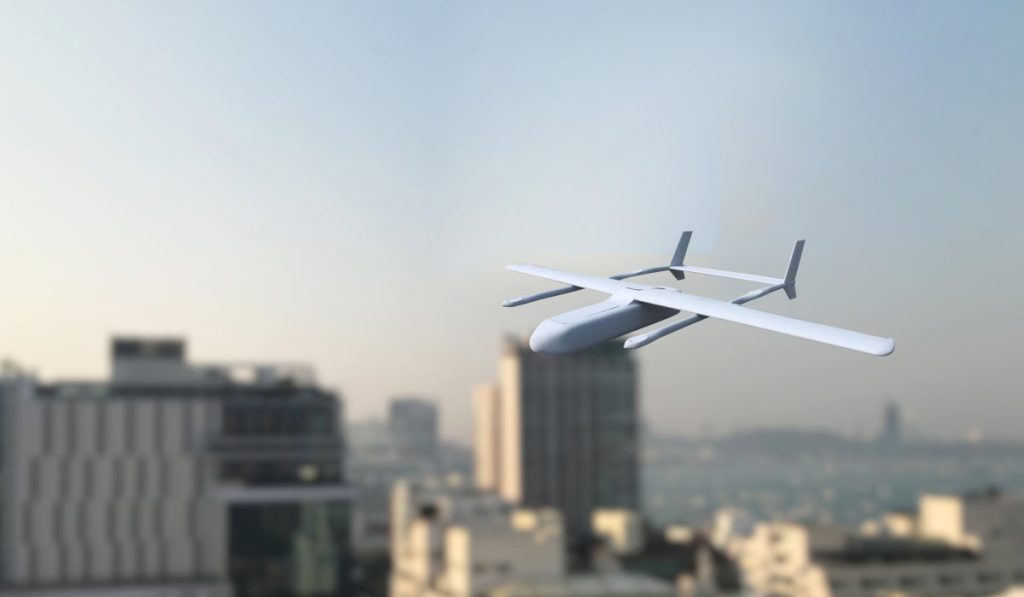
In the dynamic and ever-evolving world of logistics, innovation is the key to staying ahead of the curve. Drone technology has emerged as a game-changer in the logistics industry, offering a plethora of benefits and transforming the way goods are transported and delivered. From streamlining last-mile deliveries to enhancing inventory management, drones are revolutionizing the logistics landscape.
Unveiling the Logistics Potential of Drones
Drones, with their ability to navigate the skies with precision and agility, have become indispensable tools for logistics operations. Let’s explore some of the key areas where drone technology is making a significant impact in the logistics sector:
1. Last-Mile Delivery:
Drones are revolutionizing last-mile delivery, the final leg of the transportation journey to the customer’s doorstep. By bypassing congested roads and traffic, drones can deliver packages directly to customers’ homes or designated pick-up locations, significantly reducing delivery times and improving customer satisfaction.
[Image showcasing a drone delivering a package to a customer’s doorstep]
2. Inventory Management:
Drones are transforming inventory management by automating stock counts and providing real-time insights into inventory levels. They can quickly scan warehouses, identify stock discrepancies, and provide accurate data to optimize inventory management processes.
[Image depicting a drone scanning a warehouse, identifying inventory levels]
3. Emergency Logistics and Disaster Relief:
In times of crisis, drones play a crucial role in emergency logistics and disaster relief efforts. Their ability to quickly deliver essential supplies to remote or inaccessible areas, assess damage, and provide real-time situational awareness is invaluable in saving lives and coordinating relief efforts.
[Image illustrating a drone delivering supplies to a disaster-stricken area]
4. Transportation and Distribution:
Drones are expanding their role in transportation and distribution, particularly in areas with challenging terrain or limited infrastructure. They can transport goods between distribution centers, deliver to remote locations, and provide support for logistics operations in challenging environments.
[Image showcasing drones transporting goods between distribution centers]
5. Security and Surveillance:
Drones are increasingly being utilized for security and surveillance purposes in logistics facilities, warehouses, and transportation routes. Their ability to provide aerial views and real-time monitoring helps enhance security measures, deter theft, and ensure the safety of goods and personnel.
[Image depicting a drone patrolling a logistics facility, providing aerial security]
Harnessing the Benefits of Drone Technology in Logistics
The integration of drone technology into logistics operations brings a multitude of benefits, transforming the industry and driving efficiency, cost savings, and improved customer experiences. Here are some of the key advantages of drone technology in logistics:
1. Enhanced Delivery Speed and Efficiency:
Drones significantly reduce delivery times by bypassing traffic congestion and delivering goods directly to their destinations. This efficiency translates into faster turnaround times, improved customer satisfaction, and a competitive edge for logistics providers.
2. Reduced Operational Costs:
Drones minimize labor costs by automating tasks that were previously performed manually, reducing the need for human intervention. Additionally, their ability to cover vast areas quickly and efficiently optimizes transportation routes, leading to fuel savings and reduced operational expenses.
3. Improved Accessibility and Reach:
Drones overcome geographical limitations, providing access to remote areas, difficult-to-reach terrains, and hazardous environments that would otherwise be inaccessible or dangerous for traditional transportation methods. This expanded reach allows logistics providers to serve a wider customer base and expand their operations.
4. Real-Time Data and Insights:
Drones equipped with sensors and cameras collect valuable data about inventory levels, transportation routes, and environmental conditions. This real-time data can be analyzed to improve decision-making, optimize resource allocation, and enhance logistics operations.
5. Enhanced Safety and Security:
Drones eliminate the need for personnel to enter hazardous or dangerous environments, reducing the risk of accidents and promoting workplace safety. They can also provide aerial surveillance and security measures, deterring theft and ensuring the safety of goods and personnel.
Conclusion: A Skyrocketing Future in Logistics
As drone technology continues to mature and its applications diversify, we can expect to see an even greater integration of drones into logistics operations. Their ability to streamline processes, enhance efficiency, and improve customer experiences will undoubtedly reshape the future of logistics, transforming the way goods are transported and delivered worldwide.


